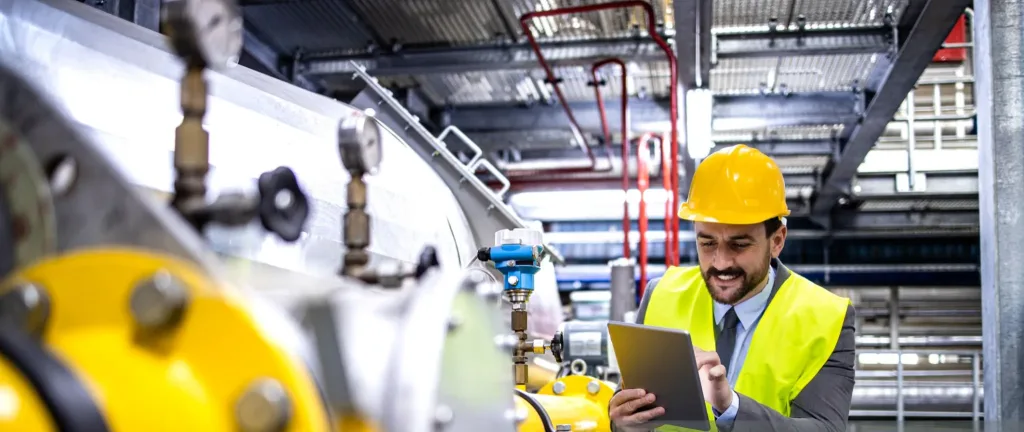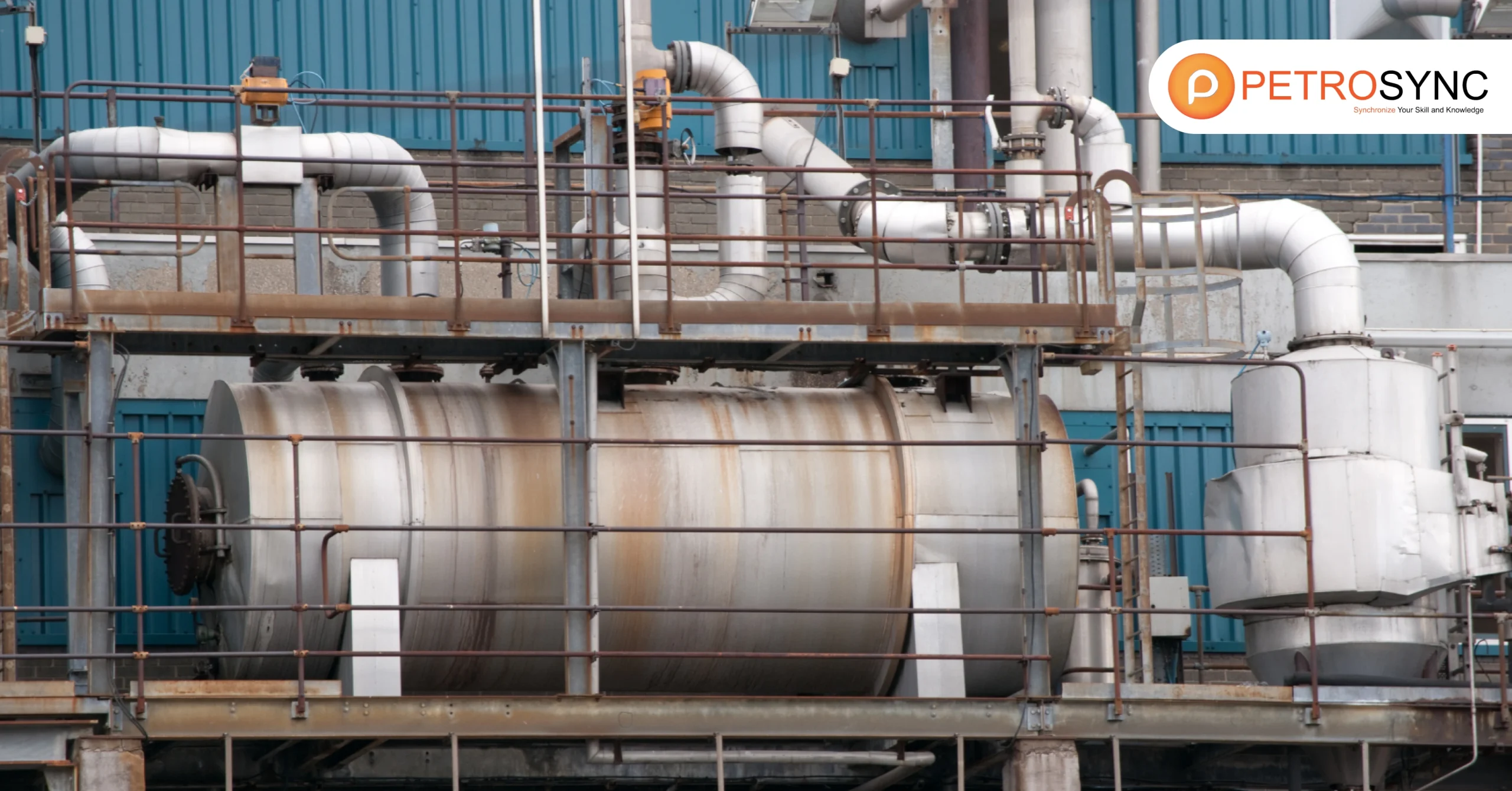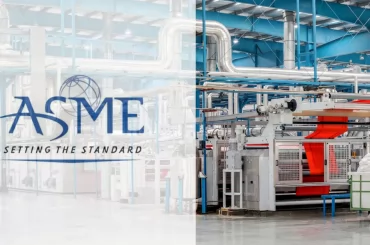In industries where safety is of paramount importance, pressure vessel inspector hold a crucial position. Pressure vessel inspectors bear the responsibility of identifying potential risks, ensuring compliance with industry standards and regulations, and mitigating the risk of catastrophic failures that could have dire consequences. This article delves into the significance of pressure vessel inspectors.
What Does an API 510 Pressure Vessel Inspector Do?
An API 510 pressure vessel inspector is responsible for conducting thorough inspections and evaluations of pressure vessels according to the guidelines established by the American Petroleum Institute (API). Their responsibilities include:
- Gather visual data to assess the vessel’s overall condition, including insulation, and welds, joints, and structural connections.
- Collect thickness data to evaluate any changes that may have occurred in the vessel due to usage.
- Perform a stress analysis and non-destructive testing to determine the vessel’s suitability for continued use.
- Inspect the pressure-release valves of the vessel to ensure their proper functioning.
- Conduct a hydrostatic pressure test to assess the vessel’s integrity and performance.
- Review relevant documentation, maintenance records, and inspection reports to verify compliance with API codes and standards.
- Evaluate the vessels’ condition and assess their ongoing suitability for service in the recertification process.
Should any concerns or issues arise during the inspection, the API 510 Pressure Vessel Inspectors are often required to recommend necessary repairs, maintenance, or further examinations. They work closely with engineering teams and maintenance personnel to promptly address identified problems and ensure the safe operation of the pressure vessels.
What Is The Pressure Vessel Inspection Method According to API 510?
Pressure vessel inspection checklists can vary depending on the vessel or system being inspected. However, a general pressure vessel inspection checklist should cover the following aspects:
1. External Inspection
- Check for leakage
- Examine coverings
- Inspect for corrosion
- Evaluate vessel mountings
- Look for potential cracks or external damages
2. Internal Inspection
- Verify pressure rating
- Examine interior surfaces
- Check bolts and seals
- Inspect pressure relief valves
- Assess tubing and connections
- Evaluate openings and special closures
- Look for internal corrosion, cracks, and damages
3. Non-Destructive Testing
- Ultrasonic testing
- Radiographic testing
- Magnetic particle testing
- Liquid penetrant testing.
4. Pressure Test
- Measure pressure using pressure gauges
- Conduct leakage checks
- Perform pressure tests on valves
5. Piping Systems
- Assess piping pressure rating
- Inspect connections
- Conduct pressure tests on ventilation systems
- Ensure provision of support and expansion
- Check for cracking, leakage, corrosion, and potential damages
6. Documentation
- Record test results
- Document inspection dates and times
- Maintain records of pressure vessel performance
Having a pressure vessel inspection checklist is essential to ensure thorough and efficient inspections. Using a checklist, the pressure vessel inspector can proactively identify and address pressure vessel issues before they escalate into major problems.
How Much an API 510 Pressure Vessel Inspector Can Earn?
According to Salary.com, the annual salaries for pressure vessel inspector positions in the United States typically range from $54,665 to $71,713. These provided figures represent the compensation received by professionals in this specialized field. The salary range considers factors such as experience, location, and employment industry.
How to Become an API 510 Pressure Vessel Inspector?

To pursue a career as an API 510 pressure vessel inspector, obtaining a bachelor’s degree in a relevant field is generally necessary at first. Options include mechanical engineering, materials engineering, welding engineering, and chemical engineering major. Further, you can follow several steps and meet specific qualifications as explained below.
1. Gain Work Experience
After gaining the degree, you can acquire practical experience in the industry, particularly in areas related to pressure vessels like manufacturing, fabrication, or maintenance.
2. Obtain Relevant Certifications
API 510 certification is a recognized credential for Pressure Vessel Inspectors. To earn this certification, you must meet specific criteria, including documented work experience in pressure vessel-related activities, completion of an approved training course, and passing the API 510 examination.
PetroSync is a reputable API 510 training provider that offers comprehensive preparation courses for you to become certified Pressure Vessel Inspectors. Our API 510 training program is designed to equip you with the necessary knowledge and skills to excel in the certification examination.
3. Take the API 510 Examination
Register for the API 510 examination administered by the American Petroleum Institute (API). The exam typically consists of multiple-choice questions that assess your knowledge and comprehension of pressure vessel inspection principles and practices. PetroSync can help you with the registration for API 510 – Pressure Vessel Inspector by reaching out to us via general@petrosync.com.
4. Maintain Certification
After passing the API 510 examination, you can get your API 510 certification. Ongoing requirements must be fulfilled to maintain this certification, such as participating in continuing education activities and periodically renewing the certification
What Is API 510 Training Course Outline?
Here is a brief outline of PetroSync’s API 510 training course. For a more detailed outline, please visit PetroSync’s website and check out the API 510 Pressure Vessel Inspector training course details.
|
Day 1 of API 510 Training |
||
| Module 1 |
Welcome and Introduction Overview of API 510 Course |
|
| Module 2: Joint Efficiency |
|
|
| Module 3: Thickness Calculations |
|
|
| Module 4: Static Head |
|
|
| Module 5: External Pressure and Impact Testing |
|
|
|
Day 2 of API 510 Training |
||
| Module 1: Pressure Testing |
|
|
| Module 2: Weld Size For Attachment Welds at Openings |
|
|
| Module 3: Nozzle Reinforcement |
|
|
| Module 4: Scope of API 510 |
|
|
| Module 5 |
|
|
|
Day 3 of API 510 Training |
||
| Module 1: Inspection, Examination, and Pressure Testing Practices |
|
|
| Module 2 |
|
|
| Module 3 |
|
|
| Module 4: Interval/frequency and extent of inspection |
|
|
| Module 5: Inspection data evaluation, analysis, and recording |
|
|
| Module 6 |
|
|
|
Day 4 of API 510 Training |
||
| Module 1: Repairs, alterations, and rerating of pressure vessels |
|
|
| Module 2 |
|
|
| Module 3 |
|
|
|
Day 5 of API 510 Training |
||
| Module 1: API RP 576, Inspection of Pressure-Relieving Devices |
|
|
| Module 2 |
|
|
| Module 3 |
|
|
| Module 4: API RP 576, Inspection of Pressure-Relieving Devices |
|
|
| Module 5 (1 hour + 1 hour discussion) | Practice Examination-Open Book Practice Examination-Closed BookFeedback and Closing |
|
Who Will Benefit from API 510 Training Course?
PetroSync’s API 510 training course is designed for:
- Engineers
- Supervisors, and
- Managers working in fields like mechanical engineering, inspection, maintenance, operations, technical, and engineering,
- Quality assurance
- Quality control
PetroSync’s API 510 Pressure Vessel Inspector training course equips you with the necessary knowledge, skills, and certification to excel in the field of pressure vessel inspection. Moreover, through the training course, you will have the opportunity to connect and network with industry professionals, establishing valuable connections that can further enhance their career prospects.
By combining the advantages of professional association membership and specialized training, you can gain the necessary qualifications while developing a robust professional network that can support your ongoing growth and success as API 510 Pressure Vessel Inspector.
Credit header image: Freepik.com

SEO specialist by day, fact-checker by night. An avid reader and content writer dedicated to delivering accurate and engaging articles through research and credible sources.






